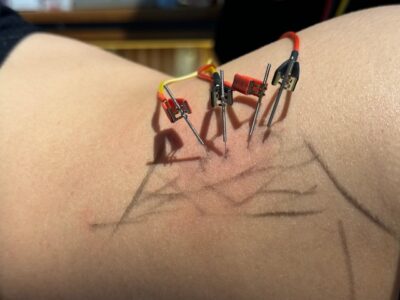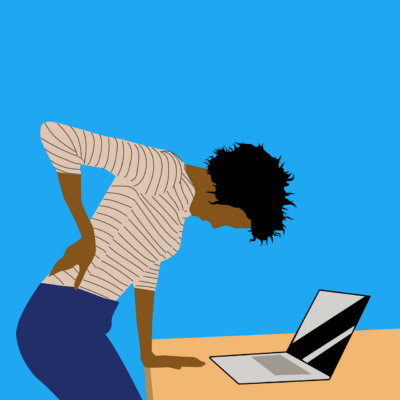By Barb Jones, L.Ac., Dipl. MAcCHM
BOLDER BOULDER
The annual Bolder Boulder 10-kilometer race is quickly approaching! If you are training, you are likely increasing your mileage and making sure you have comfortable and fast running shoes. When it comes to racing, most of us think about the lung capacity and leg strength it takes to propel us forward. But did you know that a strong core can also be crucial to achieving your best results? The stability provided by a solid core makes your running more efficient and also less prone to injury. A 2019 study examined the effects of an 8-week core training on core endurance and running economy in college athletes. Twenty-one male college athletes were randomly divided into 2 groups: a control group (CON) (n = 10) and a core training group (CT) (n = 11). Both groups maintained their regular training, and the CT group attended 3 extra core training sessions per week for eight weeks. The study concluded that “eight weeks of core training may improve static balance, core endurance and running economy of … college athletes”. [1] Neurofunctional acupuncture can help you improve your core by reducing muscles spasms, and releasing dysfunctional tightness. These conditions can inhibit full range of motion, cause referral pain, and leave you open to injury. Regular acupuncture during your preparation and training can help you reach your full athletic potential.

WHAT IS THE CORE?
Let’s clarify what we mean by “the core.” The core includes all the muscles in your torso, not only those in your front abdominal area but also your back and gluteal muscles. The more well-known rectus abdominis, transverse abdominis, and the internal and external obliques are part of this group, but deeper stabilizing muscles are also included in the core. The core muscles connect your upper and lower body and support your spine, your abdominal organs, and your hips. When these muscles are properly balanced, the spine and pelvis can share the task of carrying the load of the body. But when there is weakness or a lack of activation in the core muscles, your pelvis and spine can shift. This leads to an imbalance in your body characterized by a shortening and tightening of some muscles and a weakening and over stretching of others. You experience this imbalance as pain, often felt in the hips and back.

HOW CAN ACUPUNCTURE HELP
During an acupuncture session, we can use precise points on the body to either activate or release muscles. For your muscles that are tense, tight, and in contraction, acupuncture points can be used to break up stagnation and release the muscle. For the muscles that have become overstretched and weak, acupuncture points can activate muscles and help them fire. The result of both techniques is to improve alignment of your core and facilitates engagement of the appropriate muscles so you can run with less pain, less injury, better range of motion, and more efficiency. Muscles have an agonist, antagonistic relationship. For example, when the quadricep contracts to extend the knee, the hamstrings lengthen to allow movement, and the abdominals act as stabilizers. If there is any inhibition, a runner may have restrictions in their function and capability. An acupuncturists can help with the muscle balance between muscle groups both in your extremities and your core.
REACH YOUR RUNNING GOALS
A strong core serves as the cornerstone of stability, posture, and power, facilitating efficient energy transfer and reducing the risk of injury. A sports acupuncture treatment can ensure that your core muscles are firing so you can take your running to the next level and achieve your goals faster and with less risk of setbacks. So, before you hit the pavement, come in for a treatment focused on engaging your core. Then feel the difference it makes in your running!



